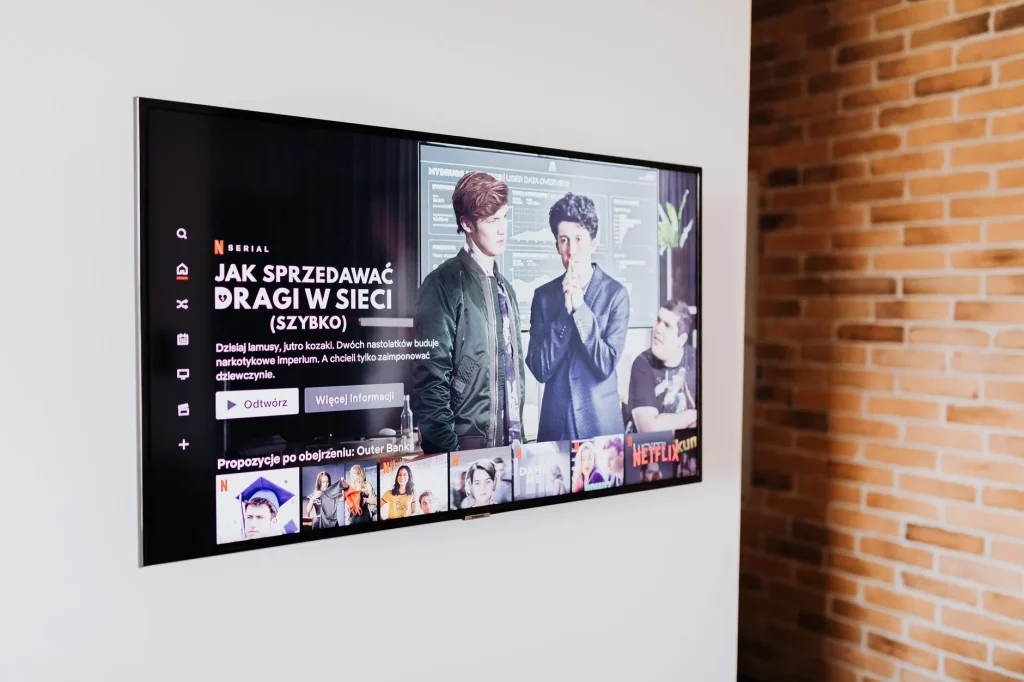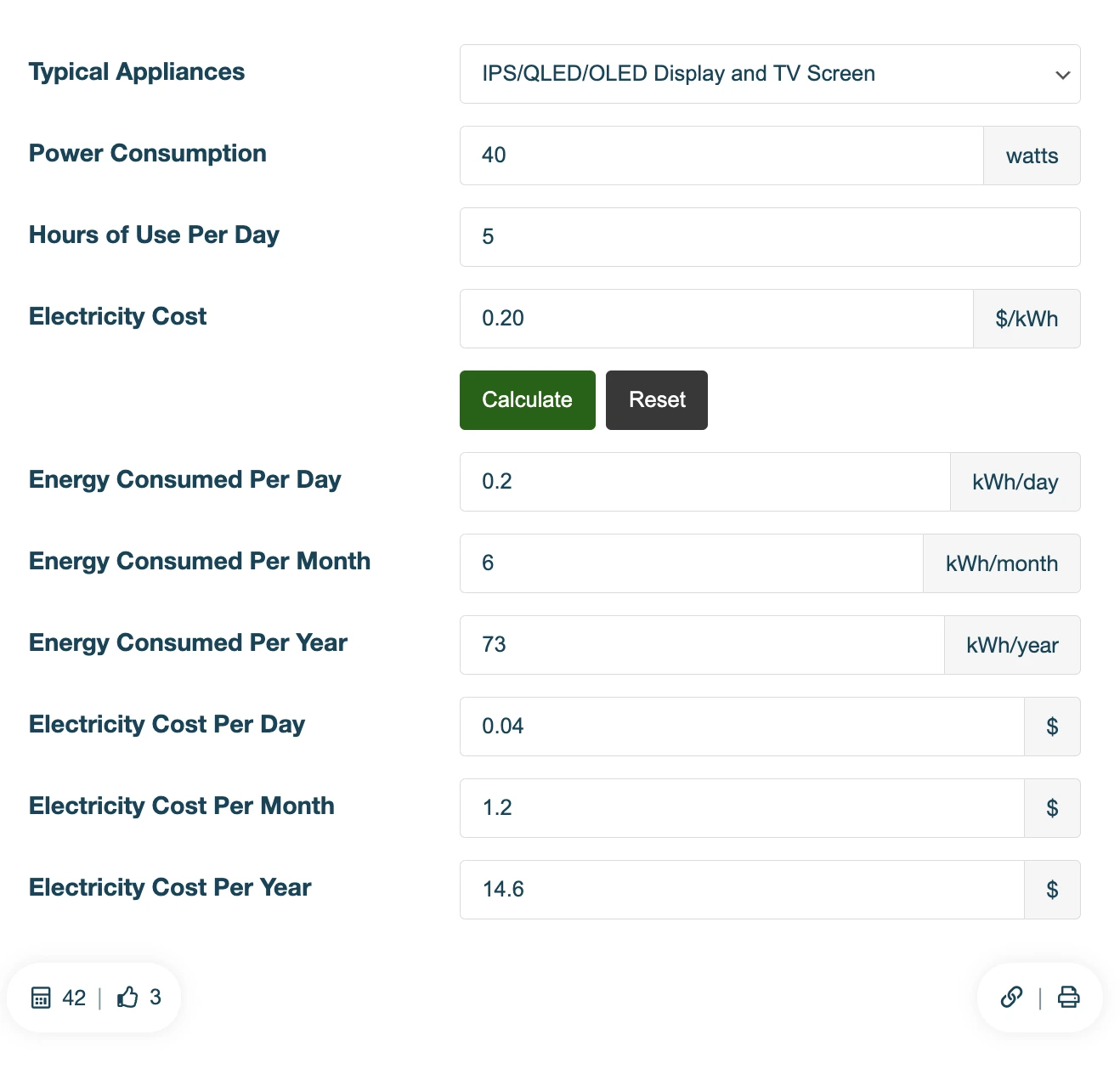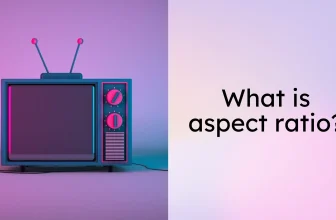QLED Vs IPS: Which One Outweighs The Other?
What should you choose between QLED vs IPS? Both are sophisticated technologies, but do you know some features to set them apart from the other?
The QLED is better at delivering high-quality images. However, when it comes to the viewing angles, IPS wins. The side-by-side comparison in this table will reveal more about the detailed differences between these technologies. Let’s check it out!
What Is An IPS Screen?
The IPS (In-Plane Switching) display has excellent color accuracy. Thanks to its superior image quality, the technology has been popular among photographers, designers, and video editing professionals.
The screens also keep their color accuracy and image sharpness from different viewing angles. Many people know these products for their high price. However, manufacturers have employed cheaper panels to cut down the cost.
These screens are excellent for watching movies. Unfortunately, games may not be crazy about IPS due to its low frame rate and slow refresh rate.
Our Favorite IPS Monitors
LG 27-inch QHD 165Hz 1ms Nano IPS Gaming Monitor
LG UltraGear QHD 27-Inch Gaming Monitor 27GL83A-B
GIGABYTE M27Q 27″ 165Hz 1440P – KVM Gaming Monitor
AOC Q27G3XMN 27″ Mini LED Gaming Monitor
What Is A QLED Screen?
QLED (Quantum Light-Emitting Diode) is much like a standard LED TV, but it powers up its picture with microscopic nanoparticles known as quantum dots. The dots are two to ten nanometers in diameter. Depending on the size, they will produce varied colors.
The primary function of quantum dots is to produce a single color. When light hits a dot, it emits a unique hue that can be adjustable.
The quantum dots illuminate heightened intensity once the blue LEDs light on them. Because this dot set wastes a tiny beam, the colors are more robust, more intense, and more precise.
Our Favorite QLED Monitors
SAMSUNG 34” ViewFinity CJ79 Series Ultrawide QHD Monitor
SAMSUNG 49” Odyssey G9 Gaming Monitor
Differences Between QLED Vs. IPS
We will analyze the two display technologies into different fields in detail to compare them. Then you can see how clearly they differ.
Color accuracy
Both of the technologies produce high-quality images. However, when it comes to color accuracy, QLED surpasses. Color performance is high with QD screens. Quantum dots emit light in different hues based on their size. What’s more, the light is adjustable to create a particular shade of illumination.
Quantum dot innovation is perfect for manufacturing ultra-high-resolution displays because of its increased color accuracy, intensity, contrast ratio, and maximum brightness.

Viewing angle
In general, QLED TVs offer a viewing angle of 20 to 40 degrees, and its best angle is the dead center. Meanwhile, the IPS LCD screens feature no picture distortion and minor color alterations from different viewing angles. They will also offer constant contrast and luminance.

Applications
Using the quantum dot innovation, you can have a higher chance of working with different devices, such as:
- Latest television models
- Computer and laptop displays
- Smartphones and mobile devices
- Other electronic devices
The dots can also serve different purposes. You can learn more about them right here.
Sunlight visibility
Colors and pictures on an IPS display are substantially more visible under solid outdoor lighting or direct sunlight than other technologies.
Compared to the QLED, which produces high-quality pictures, the IPS’ sunlight visibility characteristic gets more attention.
Energy consumption
A typical IPS display consumes 15% more electricity than the QLED. It also needs a bright backlight to enhance display sharpness, which results in increased energy usage and quicker battery degradation.
Comparison table
We have compared the two display technologies in essential terms. Now, let’s summarize their differences:
| Criteria | QLED | IPS |
| Color accuracy | Excellent | Good |
| Viewing angle | Moderate | Excellent |
| Applications | Wider | Quite wide |
| Sunlight visibility | Moderate | Good |
| Energy consumption | Good | More power required |
Pros And Cons Of QLED Vs. IPS
Each option has its own set of benefits and drawbacks. Before deciding which one to buy, let’s check both the good and bad sides first!
QLED
- High color accuracy
- Long lifespan
- Wide applications
- Low conversion efficiency
- Degradation of the quantum dots
IPS
- Excellent color reproduction
- Wide viewing angle
- Good sunlight visibility
- Poor contrast ratio
- Inefficient energy consumption

Energy Usage Calculator
Example Table
| Monitor Energy Usage Calculator | Value |
| Power Consumption (watts) | 40 watts |
| Hours of Use Per Day | 5 hours |
| Electricity Cost ($/kWh) | 0.2 $/kWh |
| ⇅ | ⇅ |
| Energy Consumed Per Day (kWh) | 0.2 kWh/day |
| Energy Consumed Per Month (kWh) | 6 kWh/month |
| Energy Consumed Per Year (kWh) | 73 kWh/year |
| Electricity Cost Per Day ($) | 0.04 $ |
| Electricity Cost Per Month ($) | 1.2 $ |
| Electricity Cost Per Year ($) | 14.6 $ |

Conclusion
Since both technologies come with pros and cons, it all comes down to your personal preference to determine the winner. If you need a screen with high color accuracy that can work for many purposes, go for the QLED.
On the other hand, the IPS should be your choice if the viewing angle is your concern. Hopefully, the comparison in this post can help you choose the right screen. Thank you for following this post!
Pete is a software engineer who currently works full-time managing OMGMonitor.com. On the side, he enjoys coding his own projects and spending time with his wife and two dogs. When he's not working or hanging out with family and friends, you can find him playing the guitar or running. My Instagram.













Thanks. How about QLED vs Crystal UHD?
You can check it here: https://omgmonitor.com/crystal-uhd-vs-qled/
Great breakdown of the differences between QLED and IPS! I was torn between the two for my new TV purchase, but your insights on color accuracy and viewing angles really helped clarify which one suits my needs better. Thanks for the detailed comparison!